9 Things I Wish I Knew Before Bringing Home Lovebirds
Behind the bright feathers and cute chirps of lovebirds is a high-energy, social bird that needs more than just food and a cage. People often fall for their charm without realizing the time, care, and attention lovebirds demand. Before taking one home, it’s essential to understand what you’re signing up for.
They Crave Companionship and Stimulation
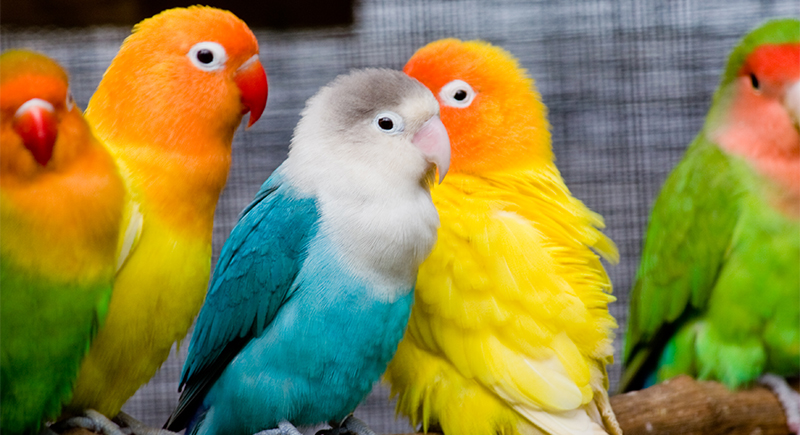
Credit: Wikimedia Commons
In the wild, they live in flocks and spend their days side by side with a bonded mate. That same instinct sticks with them in captivity. A solo lovebird without enough interaction can grow restless or anxious, sometimes resorting to feather plucking or loud vocal outbursts.
Prepare For A Chatty, Vocal Companion Bird
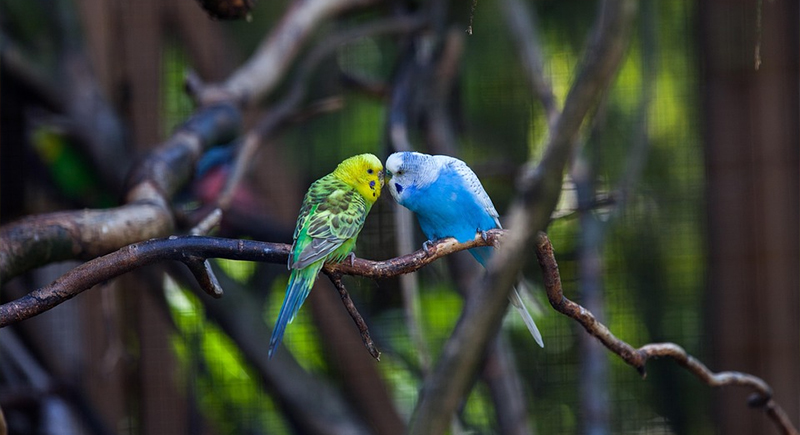
Credit: pixabay
Lovebirds aren’t shy about expressing themselves; their chirps, squeaks, and squawks can fill a room quickly. Some are louder than others, but silence isn’t really in their nature. With a regular routine, plenty of stimulation, and time spent together, most of that noise stays in the “cute and curious” category.
Choose A Wide Cage
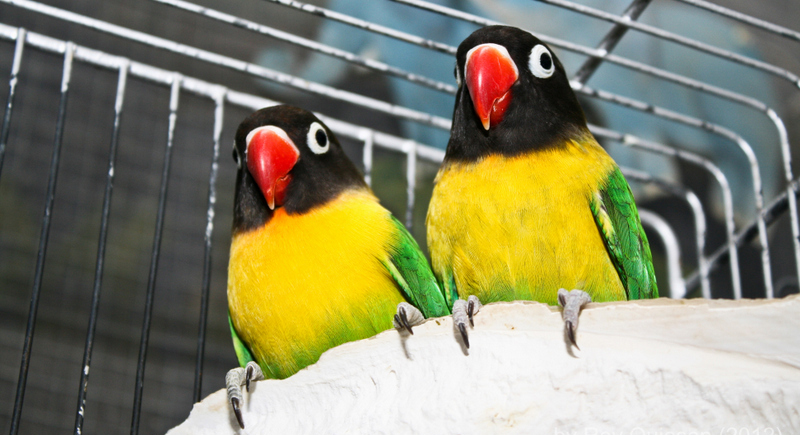
Credit: Wikimedia Commons
A single bird needs at least a 18 x 18 x 18-inch cage, while a pair should have more room to stretch their wings—32 inches wide is a solid start. Go for width over height, keep bar spacing tight, and stock up on toys and perches.
Daily Flight Time Is Crucial
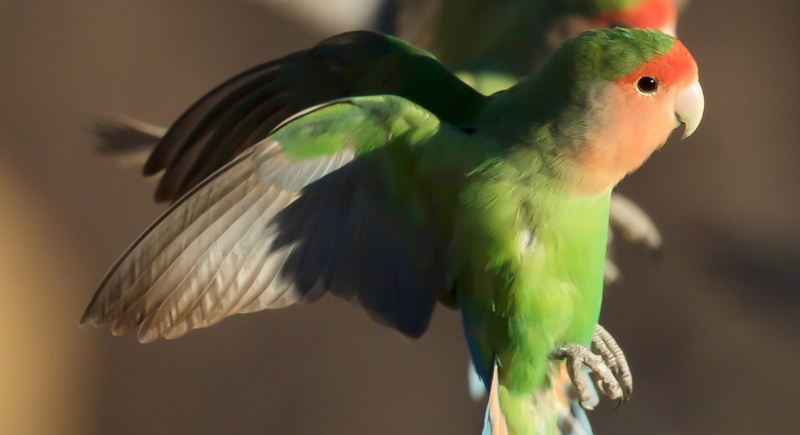
Credit: Getty Images
Lovebirds don’t like being cooped up all day. Therefore, it is necessary to give them a couple of hours outside the cage each day. Flight time strengthens their bodies, keeps boredom at bay, and helps prevent stress-driven habits like feather picking.
A Varied Diet Keeps Lovebirds Healthy
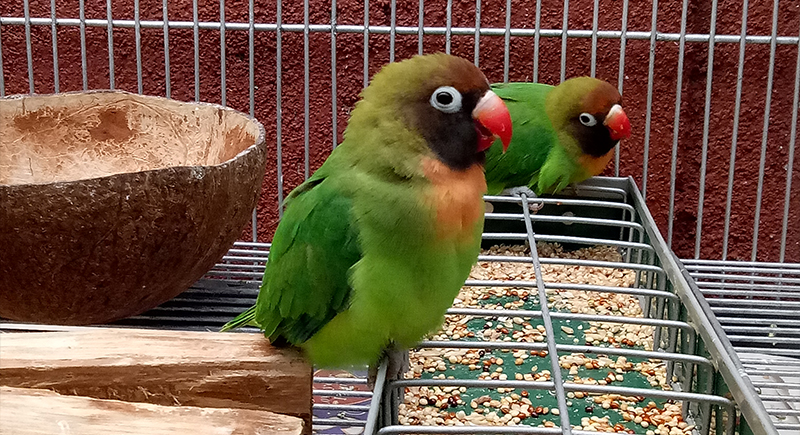
Credit: Wikimedia Commons
A diet built on just seeds doesn’t cut it for these energetic birds. To stay healthy, they need variety: nutrient-rich pellets as a base, fresh fruits and veggies, and a few seeds or nuts mixed in. Clean water and tidy dishes round it all out.
Understand the Long-Term Commitment
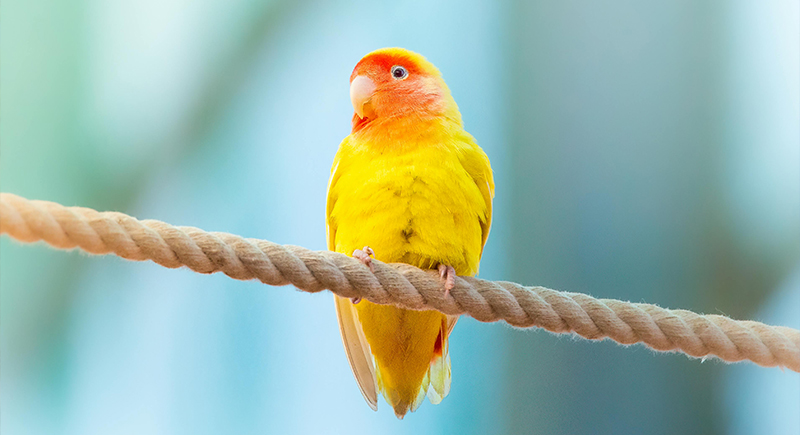
Credit: pexels
With proper diet, space to move, and plenty of social time, these little birds can live up to 20 years, sometimes even longer. This is a long-term commitment that owners must make before bringing one home.
Engage Their Smart Minds With Training
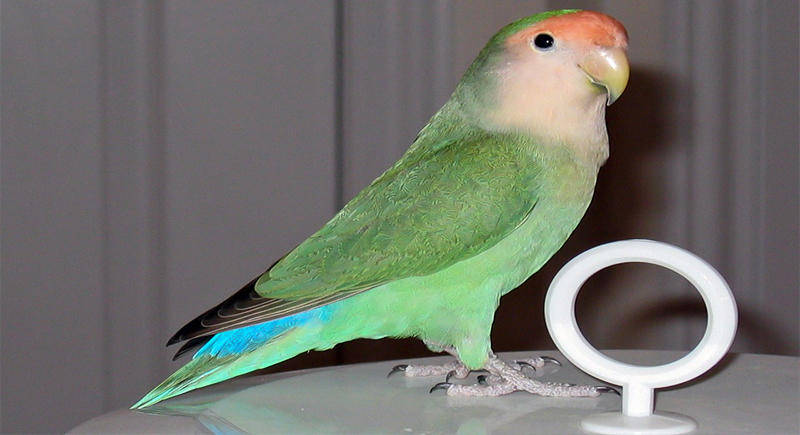
Credit: Wikimedia Commons
Lovebirds are quick learners and thrive on mental challenges. They can be taught to do simple tricks like spinning or matching colors, which helps keep their minds sharp and builds trust with their owner. Short training sessions—around 10 to 15 minutes a day—are enough to make a big difference.
Build Trust With Gentle, Consistent Interaction
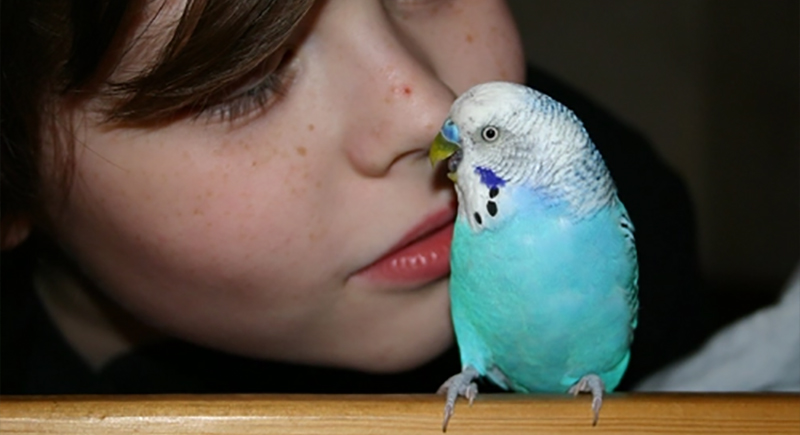
Credit: free images
As your lovebird grows more comfortable, make time each day for light interaction, such as soft chatting, whistling, or even reading aloud. Watch for cues that they’re ready for more, such as hopping closer or taking food directly from your hand. Over time, patient, respectful routines can lead to a strong bond.
Annual Vet Visits Are A Must
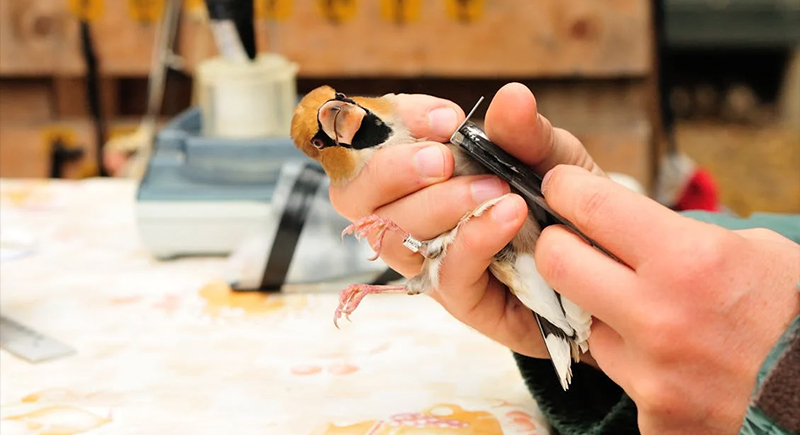
Credit: pexels
These birds are experts at hiding illness, which means trouble can fly under the radar until it’s advanced. A good avian exam covers everything from feather quality to weight shifts and might include blood work or parasite screening. Keeping up with preventive care helps ensure your lovebird stays active and healthy.
They Can Be Territorial
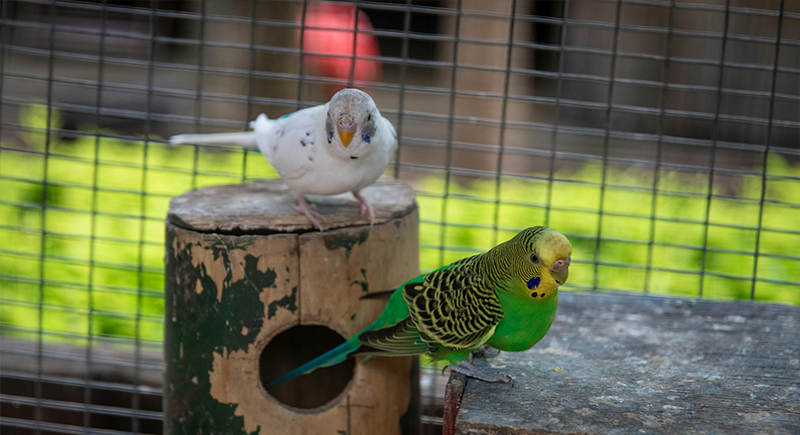
Credit: pexels
Their bold personalities often come with a territorial streak, especially during the breeding season. You might notice hissing or lunging when they feel their space is being invaded, and giving them room to claim as their own helps minimize tension. Switch up cage layouts now and then to prevent them from becoming too attached to one spot.
Pay Attention to Their Sounds
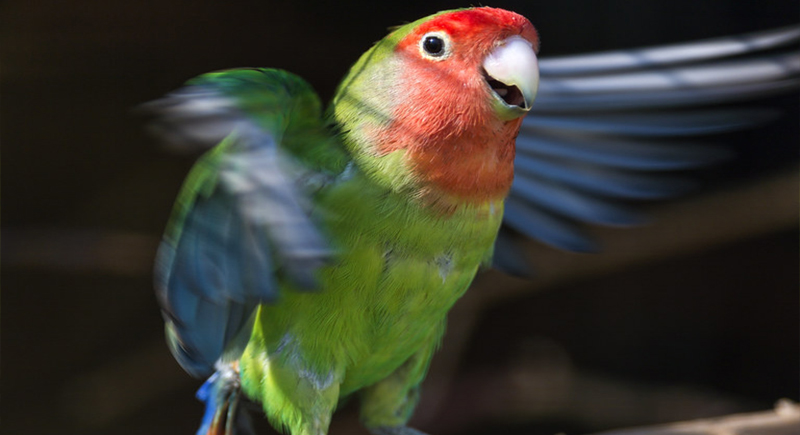
Credit: flickr
A lovebird won’t greet you with “hello,” but don’t be surprised if it mimics your doorbell. Some of them even become surprisingly good at copying noises like ringtones, beeps, or even door creaks. Their sharp hearing and social nature help them pick up on the sounds they hear most.
Provide Safe Shredding Options
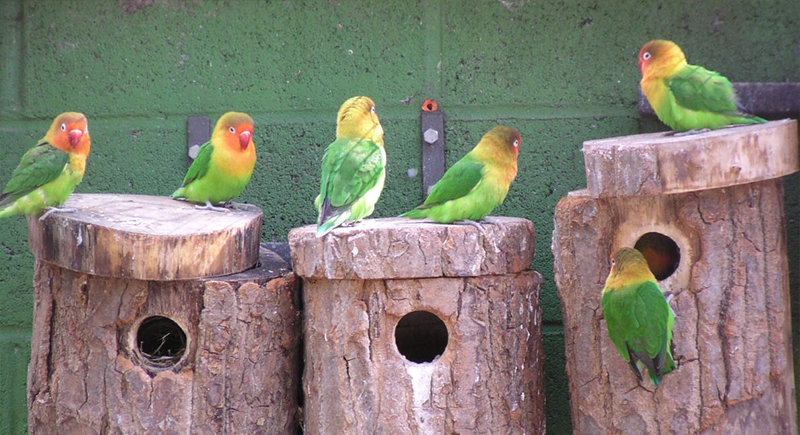
Credit: Wikimedia Commons
Female lovebirds take nest-building seriously—so seriously that they steal receipts, mail, or anything paper-based to get the job done. They shred sheets into neat strips, then tuck the pieces into their tail feathers to carry them across the room. To keep things harmonious, offer bird-safe shredding materials that won’t leave your tax forms in tatters.
Consider Giving Them Their Own Space
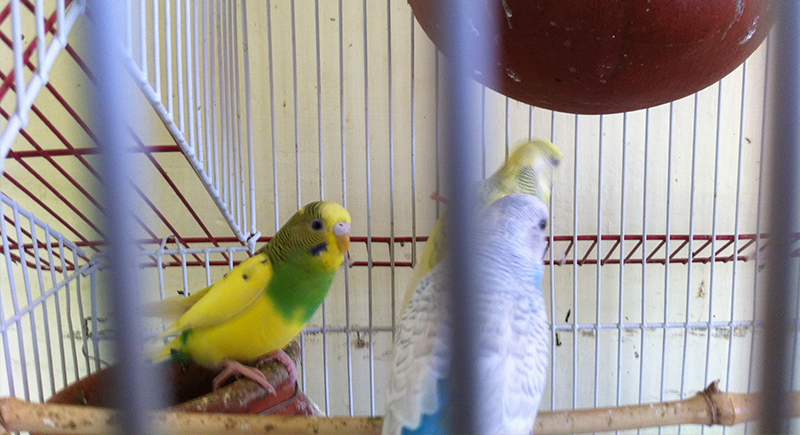
Credit: Wikimedia Commons
Lovebirds don’t always play nice with others and lash out at fellow birds, no matter the size. To keep things peaceful, it’s best to give them their own setup. Careful introductions, separate feeding areas, and plenty of personal space can go a long way in keeping tempers down and tail feathers intact.
Offer Plenty of Chew Toys
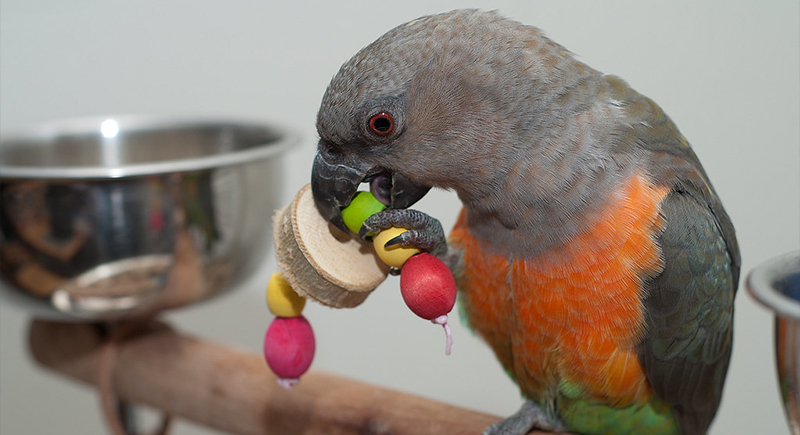
Credit: flickr
Chewing keeps their beaks in shape and their brains busy. Left to their own devices, they’ll sample anything from phone cords to plastic dishes. That curiosity is totally natural, but it can also be dangerous. The key is to offer safe alternatives: bird-friendly wood, paper, or seagrass toys. Switch them out often and supervise playtime.
Keep Training Sessions Positive
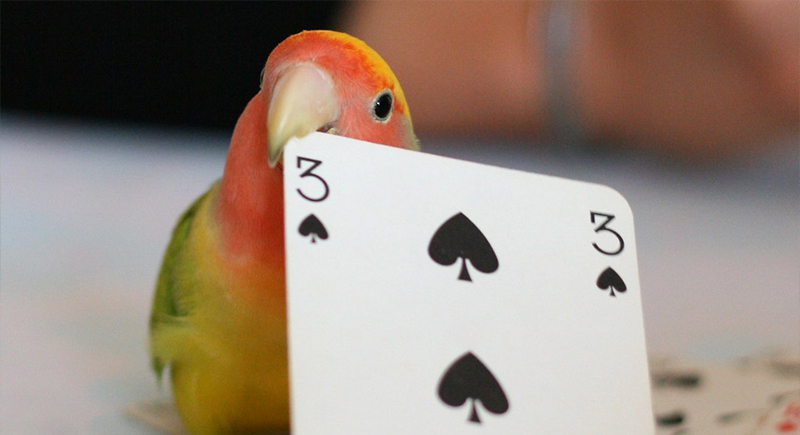
Credit: flickr
Training a lovebird can be fun and rewarding as long as you keep it short and sweet. These smart little birds respond well to positive reinforcement but lose interest quickly, so stick to 10–15-minute sessions. Use favorite treats or gentle praise to reward progress, and aim for consistency without overwhelming them.